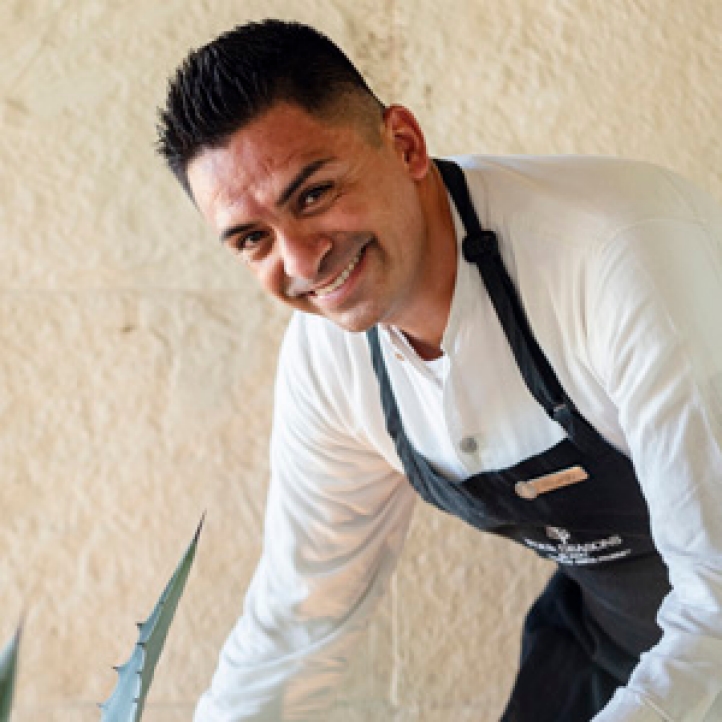10 Things You Never Knew About Agave




No trip to Four Seasons Resort and Residences Los Cabos is complete without a tequila and/or mezcal tasting from Maestro Tequilero y Mezcalero Ricardo Robles.
As a Connoisseur of Mezcales de occidente by the U.N.A.M, Tequilier by the University of the Caribbean and the Association of Tequiliers of the Caribbean, Expert in Tequila History and Culture by the Tequila Regulatory Council and Expert Tequila Taster for Tequila Culture and Training and the National Chamber of the Tequila Industry, Ricardo is as passionate about agave as he is knowledgeable.
Below, Ricardo shares some of his favourite, lesser known, agave facts.
1. Agave is Native to the Americas. It originally came from just south of the United States, in Mexico, but was also found in Central America, many countries in South America and the Caribbean Islands.
2. There are more than 200 species of agave all around the world, and 70 percent of endemic species are in Mexico.
3. Agave grows in the wild. It doesn’t require daily watering or fertilizer.
5. Natives from the Americas, including Mexico, called agave by many different names such as Ki´I (Mayans), Papalometl (Purépechas), Dobá (Zapotecs) and Metl (Nahuas and Aztecs).
4. Agave is a Greek world and means “noble” and “marvelous.” This was introduced by Carl Nilsson Linnæus, a Swedish botanist, zoologist, taxonomist, and physician who formalized the modern system of naming organisms, in 1758.
6. Prehispanic cultures used agave for sacred ritual, as well as textiles for clothing and rope, for food, fermented alcoholic beverages, nutritional supplements, and to make mezcal.
7. Mezcal means cooked agave in English. The root of the word is: metl (agave)+ izcalli (the place to cook). Metlizcalli is Nahuatl (Aztec), and was changed to mezcalí by the Spanish after the Conquest of 1523. The modern word has evolved to be simply, mezcal.
8. For mezcal and tequila production, Mexicans cook the agave heart, roasting or steaming the Corazón de Agave or Corazón de Maguey or the Piña.
9. Currently agave plants can be found in multiple countries including South Africa, Spain, Italy, Egypt, China, Japan, and Australia. Australia is currently experimenting with agave to produce an alternative source of biofuel.
10. The most popular agave is agave tequilana weber, variedad azul, known as blue agave. That is the only plant capable of producing Mexico’s most precious jewel - tequila.

Los Cabos,
Mexico



 @FourSeasonsPR
@FourSeasonsPR